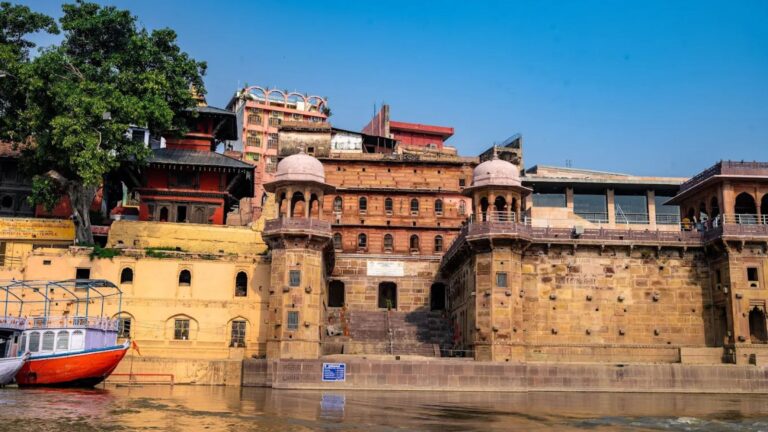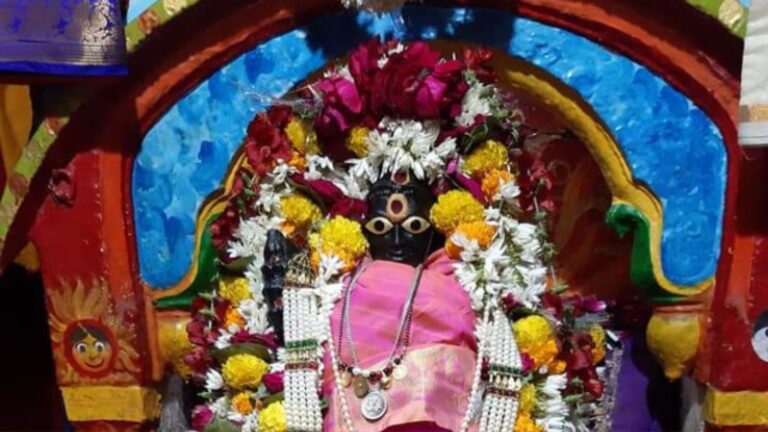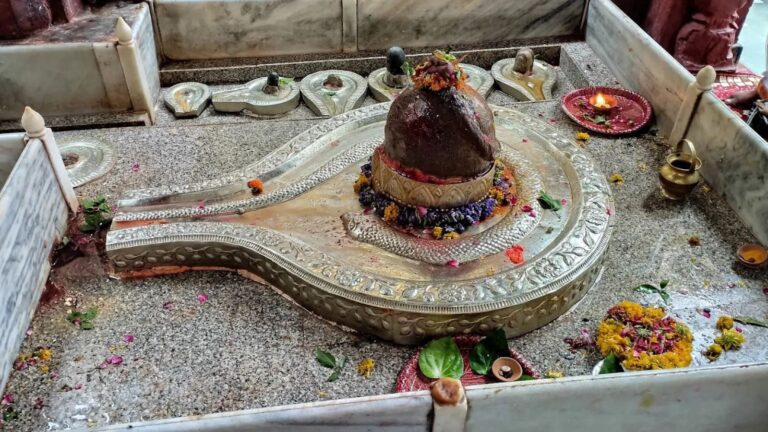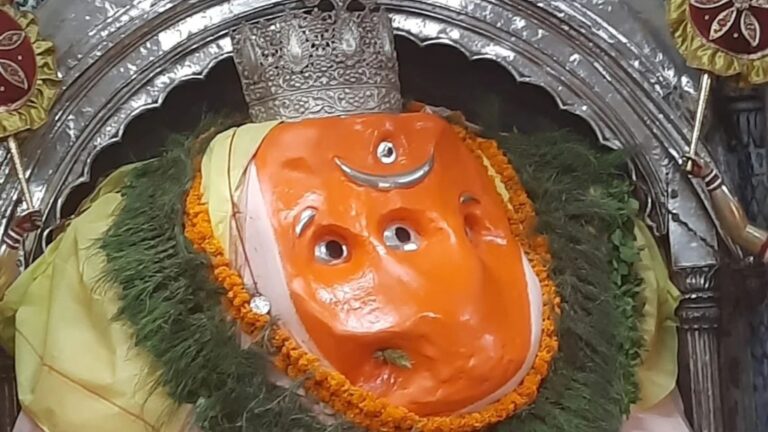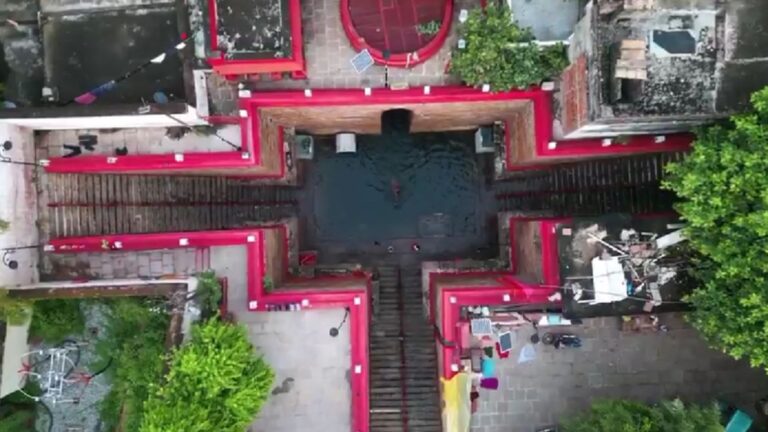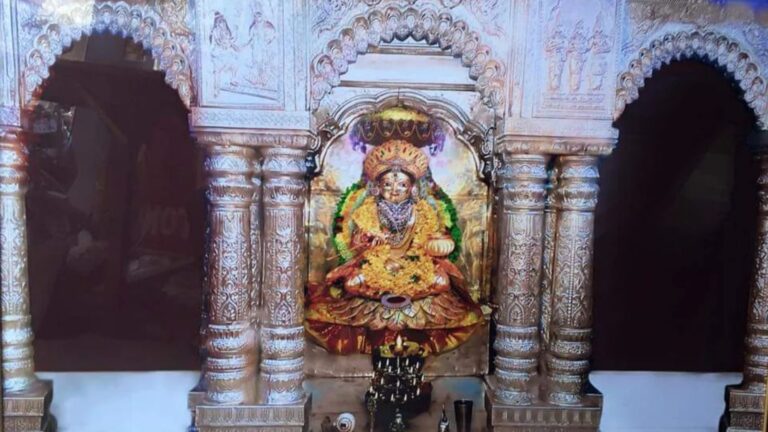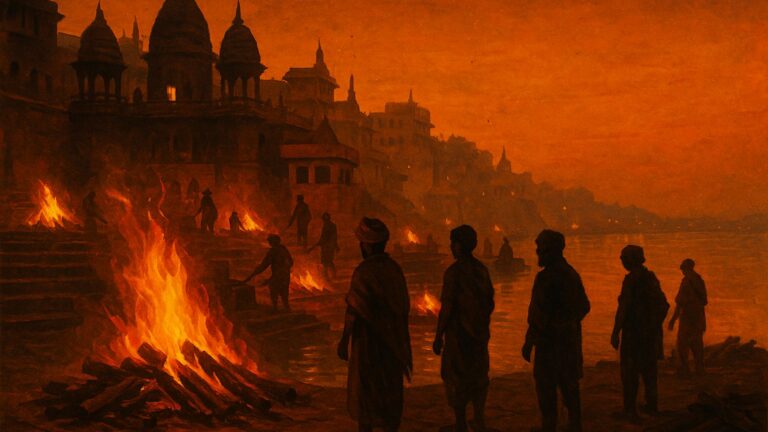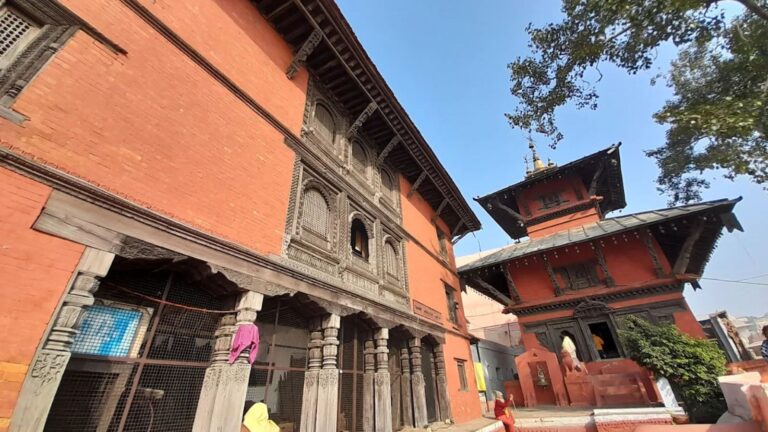
Nepali Mandir: A slice of Kathmandu in Varanasi
On the banks of the Ganga at Lalita Ghat stands the Nepali Mandir, also known as the Kathwala Temple, a striking reminder of Nepalese culture in Varanasi. This temple was commissioned in the early 19th century by King Rana Bahadur…
